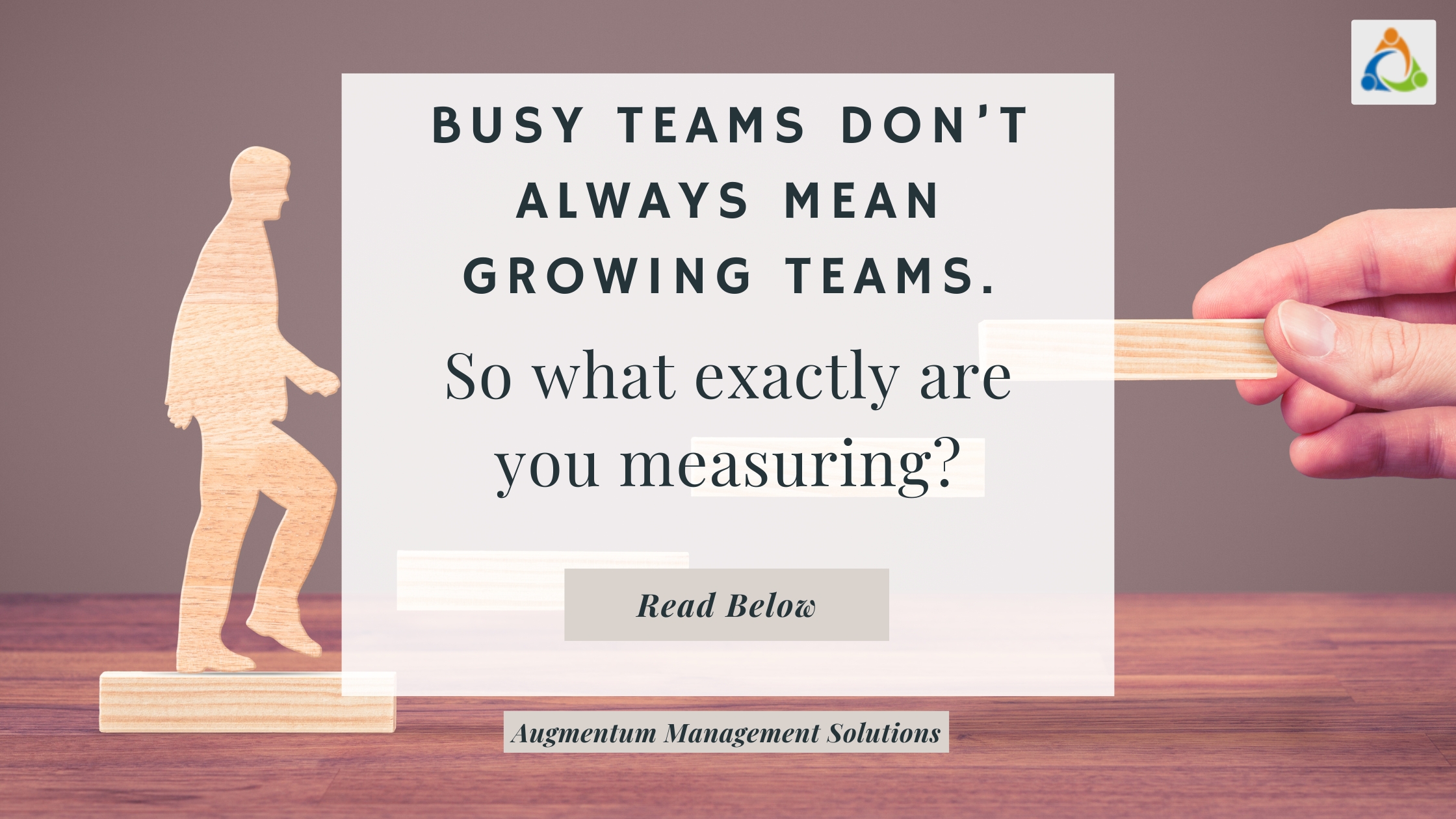Introduction
Established in 1994, the company began its journey as an agency for selling engineering machinery with a modest turnover of ₹1 crore and just two employees. Over the years, the company experienced remarkable growth, expanding to 12 agencies with a turnover of ₹20 crore and a workforce of 60 employees by 2011. To diversify, the company ventured into after-sales services and annual maintenance contracts (AMC).
The Challenge
As the company grew, a culture of excessive freedom without accountability began to take a toll. Employees enjoyed unrestricted autonomy, leading to inefficiencies:
- Lack of accountability: Freedom without responsibility hampered productivity.
- Undefined roles: Absence of clear responsibilities and reporting structures caused confusion
- Work imbalance: A handful of employees bore the brunt of sales and service closures, while others lacked sufficient work.
- Customer dissatisfaction: Service quality and response times deteriorated, frustrating customers and overburdened employees.
- Uncertain employee future: Employees grew uncertain about their roles and long-term opportunities within the organization.
The management’s attempts to implement accountability faltered due to unclear roadmaps and resistance to change.
Our Approach
To address these challenges, we adopted a structured change management methodology focusing on cultivating a culture of discipline and accountability.
The process included:
1. Assessing Organizational Gaps
- Conducted interviews with top management and department heads (HODs).
- Identified gaps in alignment between leadership vision and departmental execution.
- Analyzed current organizational structure, roles, and financial statements.
2. .Strategic Realignment
- Redefined the organizational structure with HR, ensuring the right people were in the right roles.
- Reshuffled employees based on their competencies and designations.
- Developed short- and long-term goals aligned with organizational growth plans.
3. .Implementing a Culture of Discipline
- Introduced Management Information Systems (MIS) to monitor performance and set department-specific goals.
- Conducted regular counseling sessions with HODs and key personnel to align mindsets with organizational objectives.
- Developed policies through a change management framework.
4. .4.Training and Follow-Up
- Provided continuous training and engagement with HODs.
- Facilitated discussions to address challenges and improve decision-making.
- Conducted regular follow-ups to ensure adherence to new policies and processes.

Results Achieved
The structured approach yielded significant improvements:
-
Sales and service challenges surfaced and were resolved promptly
-
Customer satisfaction improved due to reduced complaints and enhanced service quality.
- Organizational accountability was established at all levels.
- Sales increased within a year, positively impacting the bottom line.
- Employees gained clarity and confidence, enabling the company to craft a robust growth plan.
- MIS and process mapping brought transparency and clarity across the organization.
Conclusion
This case demonstrates the transformative power of a disciplined approach to change management. By redefining structures, aligning goals, and fostering accountability, the company not only resolved its immediate challenges but also built a strong foundation for sustained growth and success.




